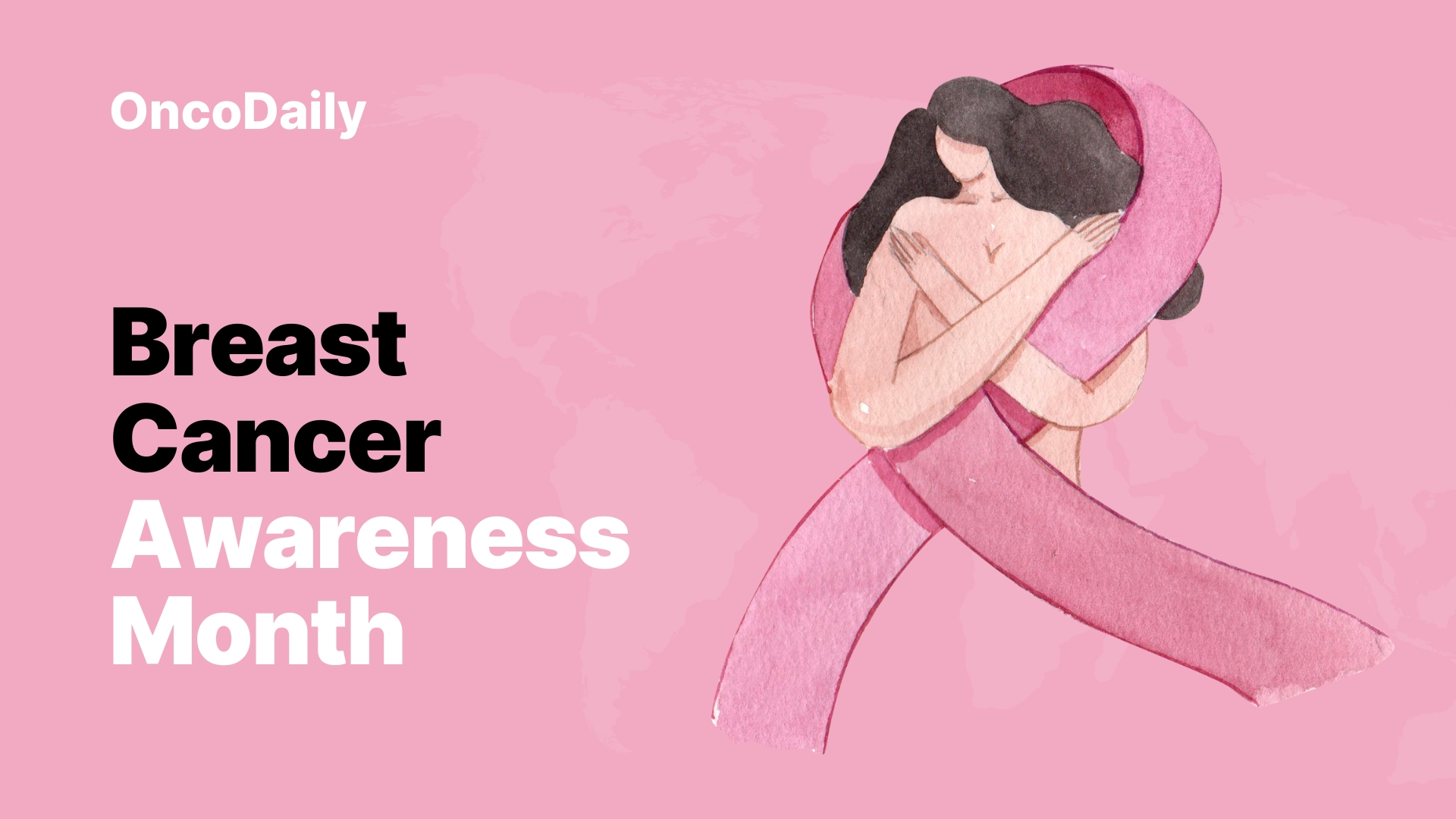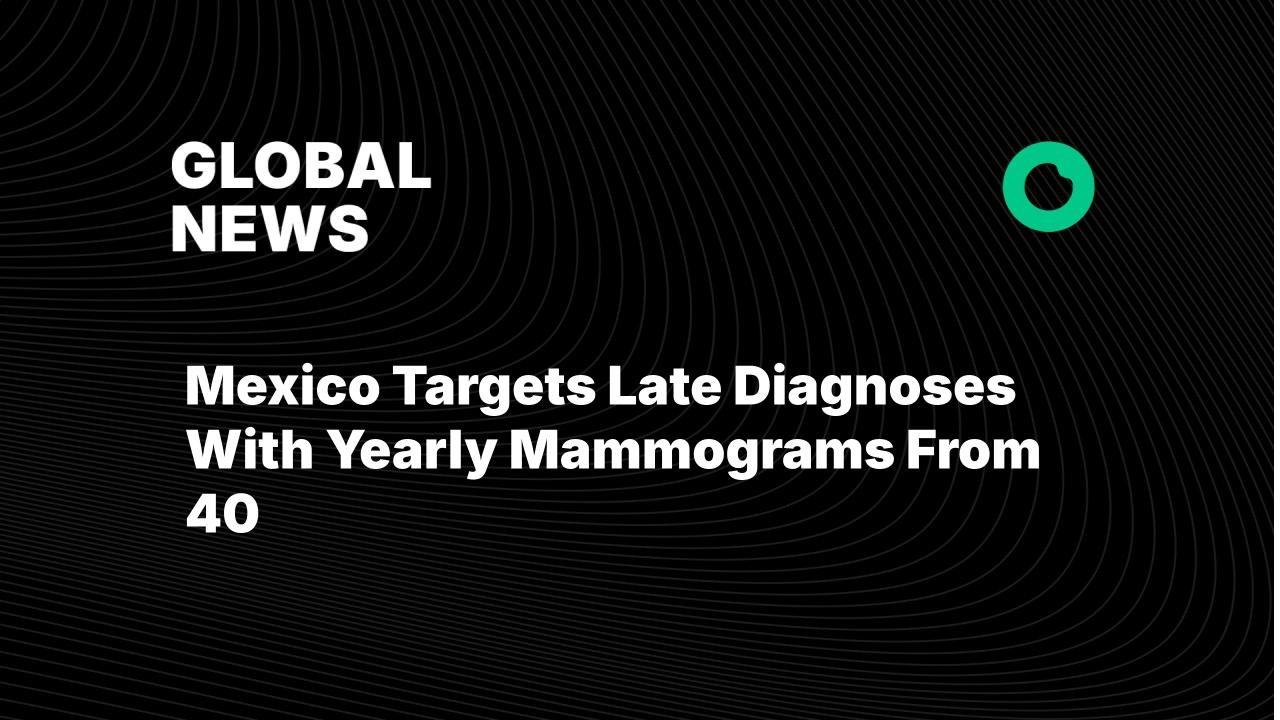According to Mexico Business News, breast cancer remains the most common cancer among women in Mexico and the leading cause of cancer-related deaths nationwide. As part of World Breast Cancer Awareness Day, observed annually on October 19, the Ministry of Health reinforced its call for all women aged 40 and older to undergo annual mammograms to improve early diagnosis and survival rates.
Expanding Access to Screening and Education
Public health centers and medical units across Mexico provide mammography services free of charge or at low cost, ensuring wider access to early screening. In addition, healthcare professionals offer training and guidance on breast self-examination, a simple but vital tool for early detection that should begin at age 20 and be practiced once a month.
Self-examination helps identify unusual signs—such as lumps, thickened skin, or visible indentations—that may indicate early disease. Authorities emphasize that both women and men can develop breast cancer, and anyone noticing abnormalities should seek medical evaluation immediately.
Understanding Risk Factors
Experts categorize breast cancer risks into non-modifiable and modifiable factors. Non-modifiable risks include family history of the disease, early onset of menstruation (before age 12), or late menopause (after age 55). These factors increase lifetime exposure to estrogen, a hormone linked to higher breast cancer risk.
However, lifestyle choices can significantly reduce the odds of developing the disease. Maintaining a healthy weight, limiting alcohol intake, exercising regularly, and breastfeeding for at least six months are all proven measures that help lower risk. Healthcare providers encourage women to adopt these habits as part of an overall preventive health strategy.
What Happens in Breast Cancer
Breast cancer occurs when cells in breast tissue grow uncontrollably, forming a tumor that can invade nearby tissue and spread (metastasize) to distant organs such as the liver, lungs, or brain. Once metastasis occurs, treatment becomes more complex, and the disease can become life-threatening by impairing the function of vital organs.
Mammography—a low-dose X-ray imaging technique—is currently the most effective method for early detection. It can identify tumors before symptoms appear, allowing clinicians to start treatment promptly and improving long-term outcomes.
Empowering Patients and Professionals
Mexico’s healthcare authorities and medical organizations continue to stress that awareness, prevention, and timely action are the strongest tools against breast cancer. Strengthening public education, ensuring access to quality screening, and reducing stigma around the disease are key priorities for both public and private sectors.
For healthcare professionals, the message is equally urgent: proactive patient education and follow-up can save lives. For patients, scheduling a yearly mammogram and practicing monthly self-examinations can make all the difference.

Read Our Special Article About Breast Cancer Awareness Month
